本文由 非静止建筑 授权mooool发表,欢迎转发,禁止以mooool编辑版本转载。
Thanks AntiStatics Architecture for authorizing the publication of the project on mooool. Text description provided by AntiStatics Architecture.
非静止建筑:从时尚界纺织品和图案中得到的启发, 北京时尚创意工厂(Beijing Fashion-Factory)振兴了一个曾经的工业场所, 成为一个丰富的、具有创造性的活力时尚办公空间。
AntiStatics Architecture:Inspired by the textiles and patterns of the fashion industry, the Beijing Fashion-Factory rejuvenates a former industrial site into a diverse collective of creative work spaces.
▼ 项目视频 Project video
城市更新理念 Urban Renewal Concept
织物的编织特质被用作设计驱动力, 通过参数化设计及数字建造的方式来定义各种空间及外立面的风格、改造生成建筑的” 第二层表皮 “。该设计运用了一系列时尚设计师的调色板, 包括悬链, 缝合, 图案和编织。这个概念与理论家 Gottfried Semper 早期的建筑概念化有关, 他追溯了 “墙” 这个词的词源, 回到了它的纺织品和织物的起源, 空间的划分并不是简单地用砖石来定义的, 当代混凝土, 玻璃和金属, 还包括织物的悬垂作为外壳, 以及后来纺织品和图案的应用, 用于挂毯的形式等, 既用于建筑的被动保温与隔热, 以及审美和装饰功能。
The interwoven nature of fabric is leveraged as a design driver defining the various interior and exterior spaces, their connectivity and separation. The design utilizes and borrows several techniques from the fashion designer’s palette, including draping, stitching, printing and weaving. Theoretically, these processes tie back to the early conceptualization of architecture by theorist Gottfried Semper, who traced the etymology of the word wall back to its origins of textile and fabric, where divisions of spaces were not defined simply by brick and stone, and contemporarily concrete, glass and steel, but rather encompassed the draping of fabric as enclosure and later the application of textiles and patterns in the form of tapestries, incorporating both thermal performance as well as aesthetic and ornamental features.
▼ B庭院主楼立面及景观 Courtyard B Building façade and Landscape
▼ 庭院主楼立面及共享平台 Courtyard B Building façade and shared balcony
后疫情时代的工作场所 Post-COVID office complex
利用现有的工业基础设施,现场的许多残存工业废弃材料被用于宽敞的室外庭院空间,通过回收和再利用创造了户外装置及聚集场所。此外,建筑的改造具备后疫情时代的办公建筑需求,将每个办公单元的内部定向到一个单独的私人入口空间。
Taking advantage of the existing industrial infrastructure, many of the remnant artifacts on site were used within the generous outdoor courtyard spaces creating collective gathering through recycling and reuse. Additionally, the interior renovations of the existing buildings took into account the historic impact of pandemics like COVID, orienting each unit’s interior to a private individual entry space.
▼ B庭院共享庭院景观及工业装置 Courtyard B shared landscape and industrial installation
在保持社交距离的时代,宽敞的庭院及凸出建筑表面的平台为集体聚会提供了共享空间,消除了任何内部聚集的空间,减少了不同办公室之间病毒传染的可能性。特别注意确保的一点,虽然办公室内部会形成小型内部组团,但暖通空调系统独立入户,仅限于这些空间,防止办公室之间的相互空气流通。
With the spacious courtyards presenting shared space for collective gathering in the age of social distancing, the elimination of any interior collective spaces reduces the potential spread of viral contagions between offices and studios. Particular care was taken to ensure that, while small interior groups may form within offices and studios, HVAC systems are exclusive to those spaces, preventing cross-contamination between companies.
▼ 每个工作室具有独立入户的入口及共享平台 Every studio has private entry and shared balcony
时尚编织理念 Fashion Stitch Concept
北京Fashion Factory的B庭院是整个园区的最“时尚实验性“的设计。整个庭院的建筑立面与景观造型一体是一个独特环境与语言,通过针脚编织的概念,三面围合的建筑外墙的线条与拱门的运用创造了空间的连续线性, 将一座建筑的立面造型轮廓与景观的曲线轮廓缝合在一起。这些简单和重复的造型可以引发强烈的节奏感, 使眼睛能够从景观到立面和背面进行追踪,同时还利用了一套简单的零件套件,以便于制造和施工。
The Fashion Factory B courtyard has the most “fashionably experimental” moment and design. This courtyard, in its given context already established and feeling as a distinct and unique environment from the expansive entry courtyard. Playing with the idea of the stitch at the macroscale as an architectural language, the space is interconnected through a large-scale graphic of the microscale stitch. The simple deployment of the line and arch creates continuous linearity throughout the space, sewing together the façade of one building, through the plane of the courtyard into the façade of the other building. These simple and repetitive moves develop a strong rhythm and gesture to the space, allowing the eye to trace from landscape to façade and back, while also leveraging a simple kit of parts for ease of fabrication and construction.
▼ 概念分析图:立面与景观的连续造型 Concept diagram showing the connectivity between façade and landscape
工业材料数字建造 Industrial Material Digital Fabrication
从景观到建筑表皮,工业钢网的使用赋予了建筑造型的硬与软的两种特质。凸出的半弧形阳台与展示橱窗增加了建筑表面的立体性与韵律。幕降临时,金属钢网做为建筑外表皮富有节奏的外衣被隐隐点亮,金属网会在庭院中作为一个连续缝合的曲线发光。在两座建筑对视的景观庭院的中央是线性的T台时尚秀场,建筑表皮的拱形曲线及韵律转折的造型成为了表演的背景,几何的拱形和转弯进一步参照了时装模特在T台末端的转弯,使充满韵律的流线在建筑的立面及景观中浮动。像山谷般的绿洲给庭院的景观增加了立体性及体验性,使整个庭院及建筑立面成为一个有机的整体。
The use of the industrial expanded steel mesh grants a feeling of softness to the otherwise hard geometries of the classic architectural formations. Reading differently between night and day, the mesh reads as a solid and continuous form during the day, creating regional definitions and subdivisions, while at night, the backlit mesh glows as a continuously stitched line through the courtyard and upwards towards the sky. This reinvention of the space as a twisting linear stitch further enhances the space as one for exhibition in particular the linear fashion show. The arch and turn of the geometry further reference the turn of the fashion model at the end of the runway, in this way, the building becomes a definer and reference to the behaviors within and without.
▼ T台秀场景及建筑立面夜景 Fashion Cat-walk and Façade lighting at night
▼ 工业金属网在建筑立面与装置的运用 The use of the industrial expanded steel mesh
▼ 高低错落的连续拱形阳台及展示空间 The different height continuous arch outdoor space from facade
▼ 外立面金属网日夜效果对比 Façade Metal mesh day and night effect
后疫情办公空间 Post-COVID office Space
北京 Fashion-Factory创意园区提供了一个多重户型选择的私人工作空间, 使其主要入口朝向中央室外庭院空间, 为各个单元提供了通往外部的专用通道。有私享入户的平层工作室,也有具有户外露台的LOFT工作室,可以自由分为两层,这种空间的多样性使用可以根据不同用户所需的品质来划分。同时这些单元被赋予了独特和独立的入户设计,不仅可以在各自的外墙上展示公司标识和图形,同时为了应对最近的疫情下的工作环境,进一步防止了单元之间的混合。利用室外空间作为主要的集体互动场所,创造了一个更健康、更安全的工作空间。每个单元都有自己的暖通空调系统,进一步隔离内部工作空间内的个人,同时通过宽敞共享的室外庭院空间将人们连接起来。
The interior spaces of the Beijing Fashion-Factory offer a variety of options for private workspace as well as reprogrammable public facilities. The interior spaces were realigned and transformed to orient their primary entries to the central outdoor courtyard space. The private office and studio space are adaptable to user groups of varying sizes and functions, with large height spaces the areas are able to be split into two or three stories, as well as maintaining strong inspiring double height areas within a single space. Also, the units are given unique and individual access, providing the opportunity to not only present one’s company logo and graphics on the respective façade, but further preventing interior intermingling of visitors and users on the site in response to the recent pandemics of COVID. This utilization of the outdoor space as primary collective circulation creates a healthier and safer workspace. Each unit has its own HVAC system further isolating individuals within their interior workspaces, while connecting people through the generous and shared outdoor courtyard space.
▼ 具有独立入口的LOFT工作室 Loft Office units with private entry
▼ 从建筑凸出阳台看中心庭院景观 View from balcony to the courtyard
▼ 主楼内部入户过度空间 In-between space to office units from indoor
▼ 外部独立入户过度空间 In-between space to office units from outdoor
▼ A庭院通往B庭院的连廊 Entry pathway from A courtyard to B courtyard
城市公共空间 Urban Public Space
整个园区在不同的庭院为企业提供了一系列的便利设施。这里设有实验剧场和放映空间、挑高礼堂、时尚跑道/T台秀场、美术馆和休闲音乐吧、布鲁克林风格地下展厅等,可适应大中小企业活动。这些功能通过场地的改造与重新挖掘提供了不同尺度的共享空间; Beijing Fashion-Factory创意园区完全有能力承载各种公共项目和艺术、时尚活动, 这不仅有助于提高了在这里工作人群的体验与企业形象, 而且还将外部各方与受邀的公众一起带到这个城市更新空间,这样, Fashion Factory园区就成了北京市的一个景点及时尚地标, 不仅仅只是达到一个办公园区的目的, 而是可以体现城市巨大创造力和生产力的文化基地。
The public spaces of the site offer further amenities to both on site users as well as outside parties. Featuring theater and screening spaces, auditorium, fashion runways, art galleries and music venues, the site is adaptable to both large- and small-scale events. These programs occupy a wide range of spaces through the site. Beijing Fashion-Factory is entirely capable of handling a wide range of public programs and events, this will not only serve to enhance the experience and profile of those working on the site, but additionally bring outside parties to the space along with the general public invited to attend. In this way, the park operates as an attraction point within the city, not simply a destination for work, but rather a cultural destination expressive of the immense creativity and production of the city.
▼ 总平面图 Plan
▼ 原制药厂改造示意图 Factory Renovation Diagram
项目名称:北京 Fashion Factory创意工厂-B庭院城市更新
建筑事务所:非静止建筑设计AntiStatics Architecture
事务所网站:www.antistatics.net
电邮联系方式:info@antistatics.net
主创建筑师:郑默、Martin Miller(美)、Yasser Hafizs (印尼)、Christopher Beckett (英)、Theodorius E. D. Santoso (印尼) 、Annie Liu 刘宣灼、Arthur Yang杨轩、Ao Li 李骜、韩雪
项目详细地址:北京,朝阳北路甲27号
项目完成年份:2020年
建筑面积(平方米):12,000
摄影师:夏至
摄影师网站:www.xiazhiphoto.com
合作方:
施工单位:深圳市聚豪装饰工程有限公司(总承建单位)深圳长田建设工程有限公司(幕墙施工单位)
业主:菁英梦谷集团
Project name: Beijing Fashion Factory B courtyard
Architect’ Firm: AntiStatics Architecture
Website: www.antistatics.net
Contact e-mail: info@antistatics.net
Lead Architects: Martin Miller, Mo Zheng, and Yasser Hafizs
Team: Theodorius E. D. Santoso, Christopher Beckett, Annie Liu, Arthur Yang, Ao Li, Xue Han
Project location: Beijing, Chaoyang District, Changying Area
Completion Year: 2020
Gross Built Area (square meters): 12,000 sqm
Photo credits: Xiazhi
Other participants:
Client: Valley Elite Group
Contractor: Shenzhen Ju Hao Engineer
Façade Fabricator: Shenzhou Chang Tian Construction
“ 将一座废弃老旧工厂进行更新改造与重塑,成为一个丰富的、具有创造性的活力时尚办公空间。”
审稿编辑 王琪 – Maggie
更多read more about: 非静止建筑 AntiStatics Architecture





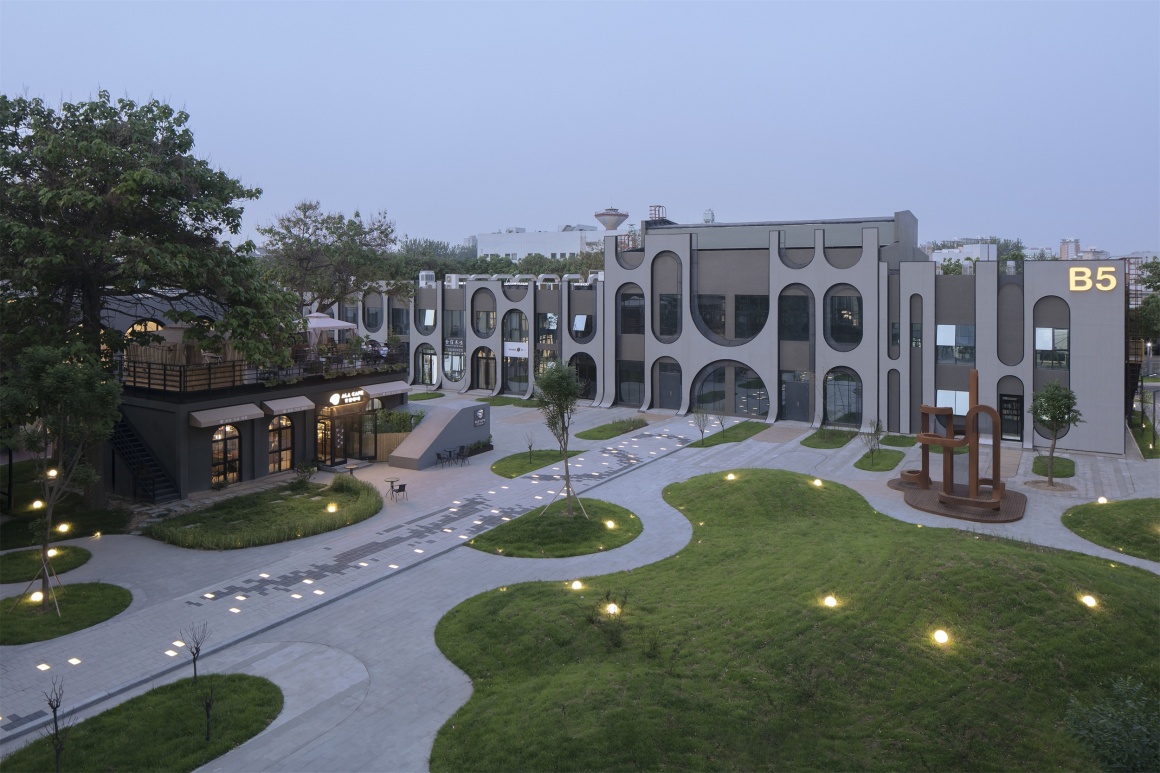

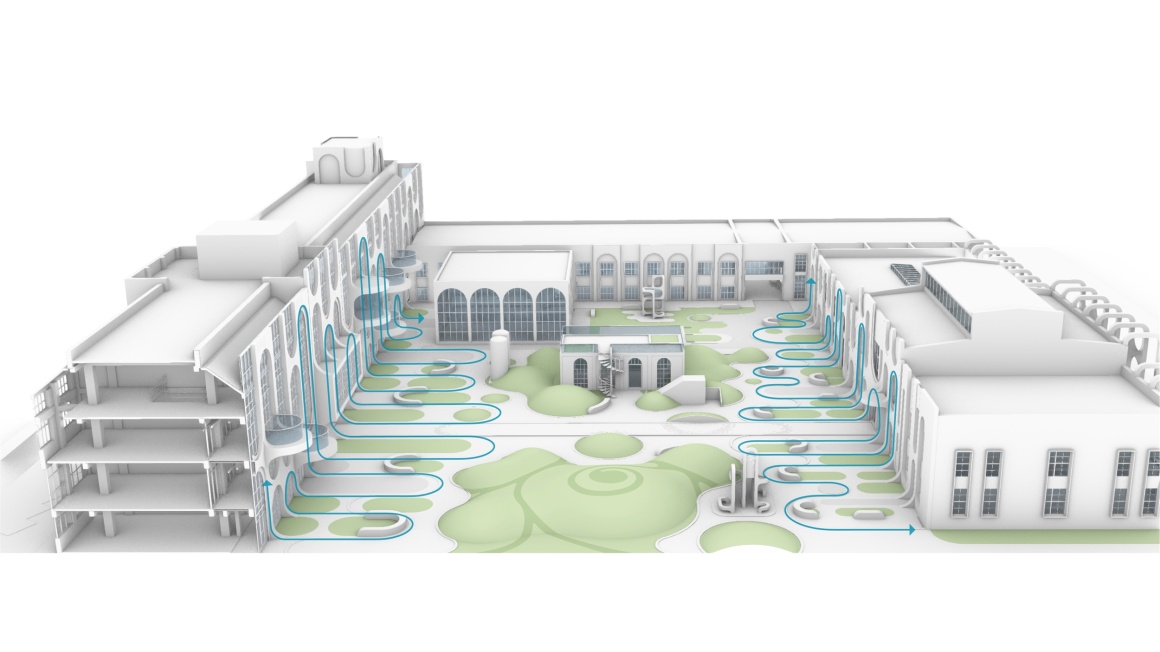


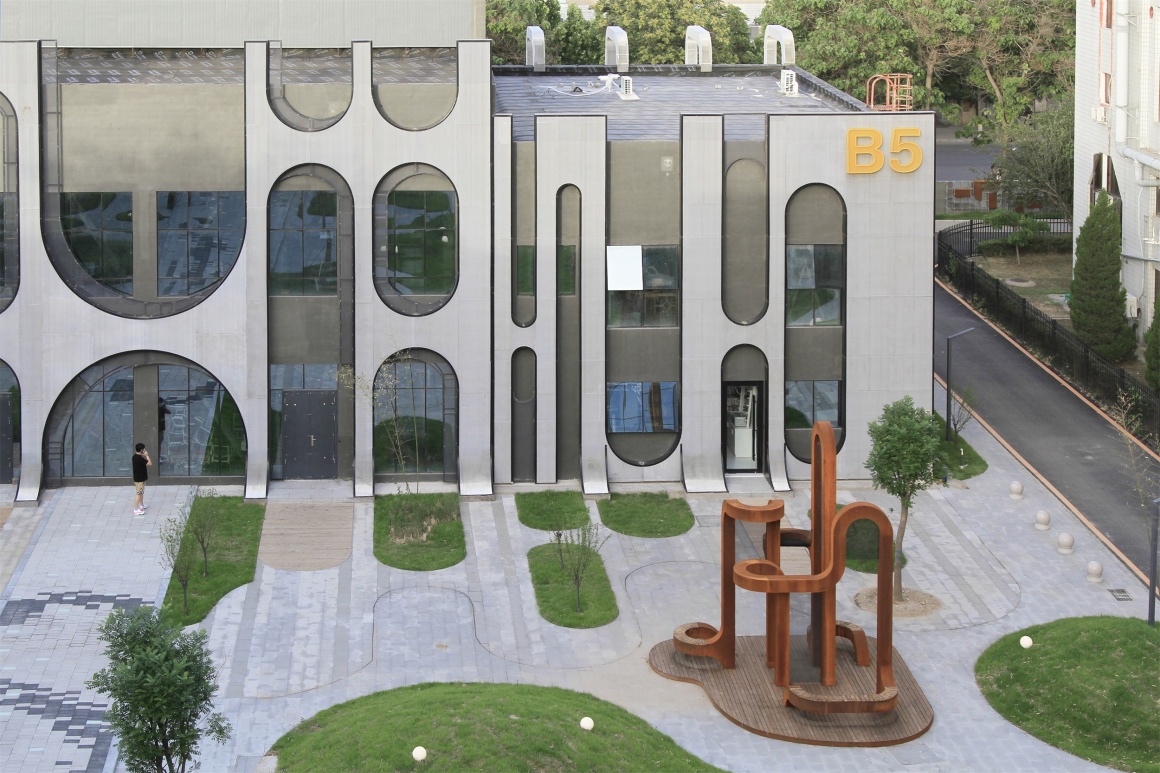







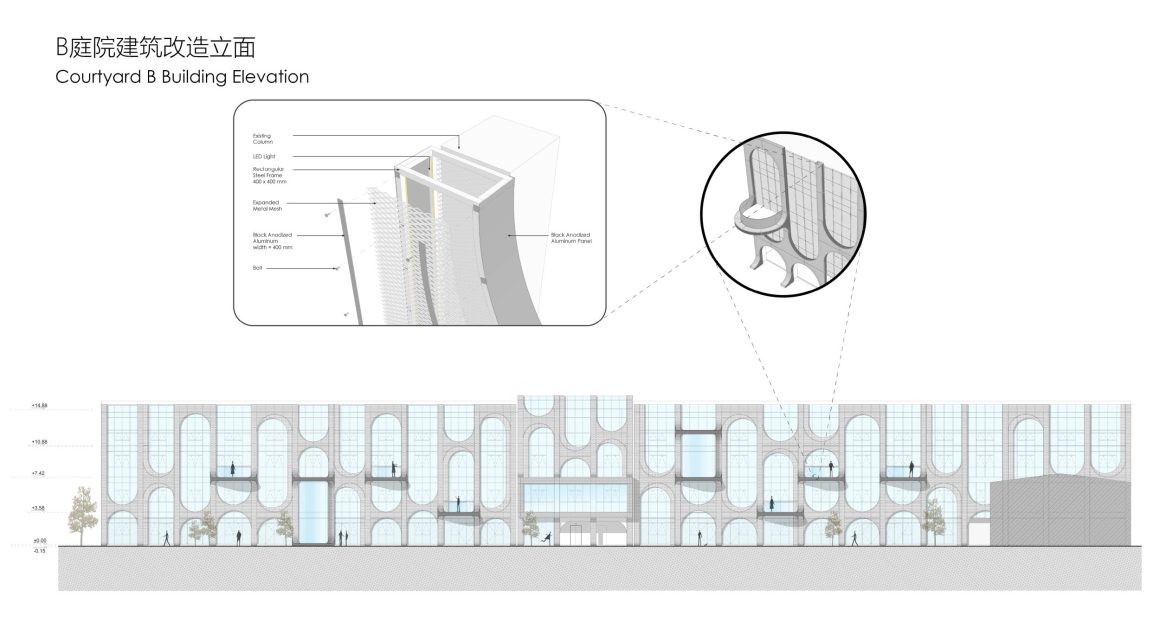

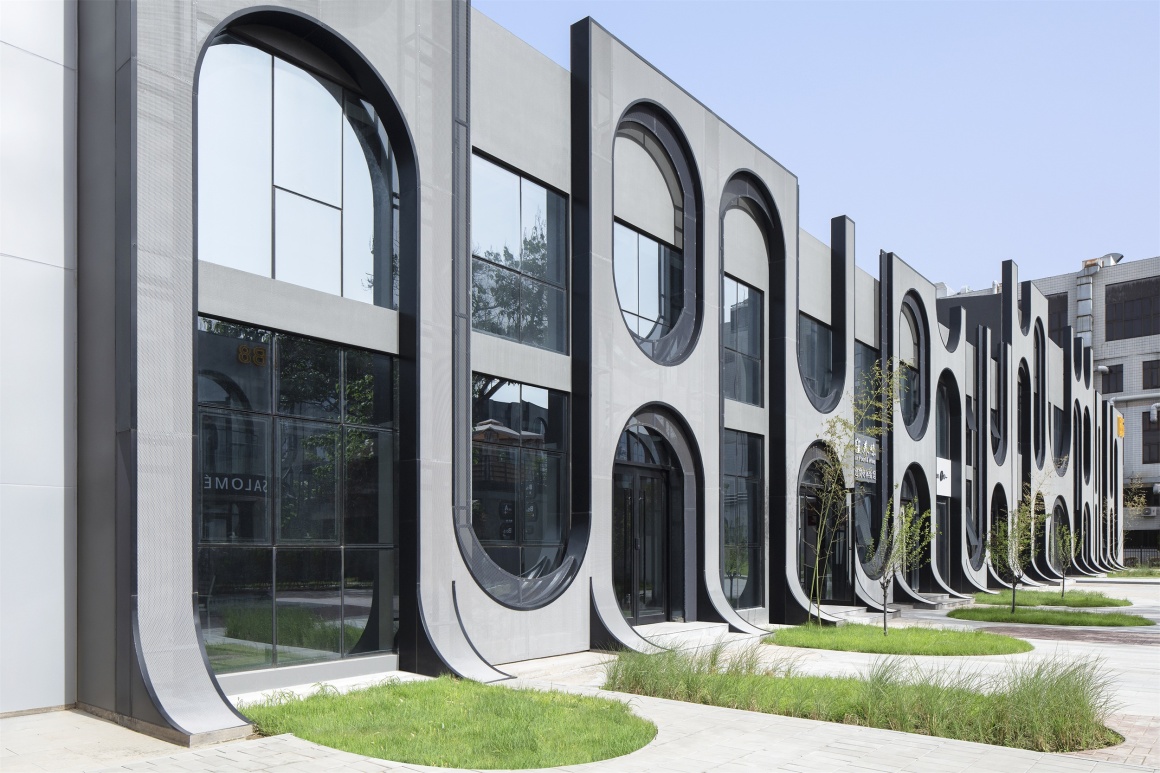
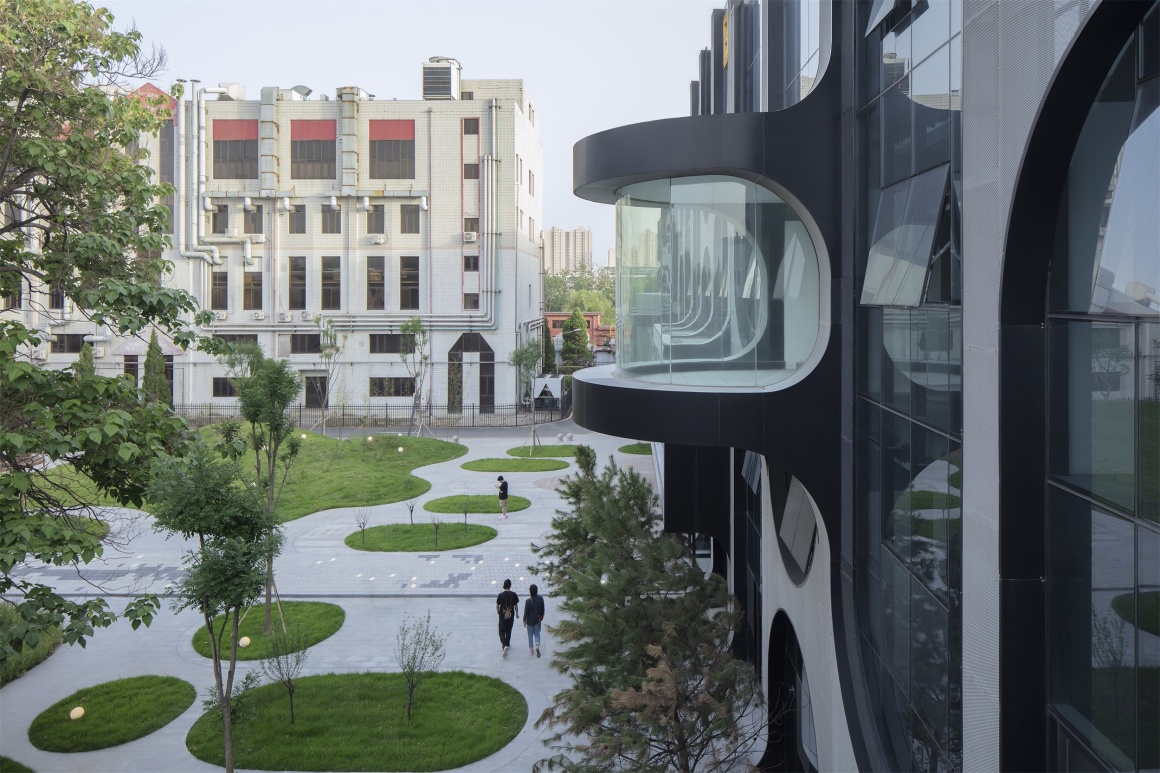
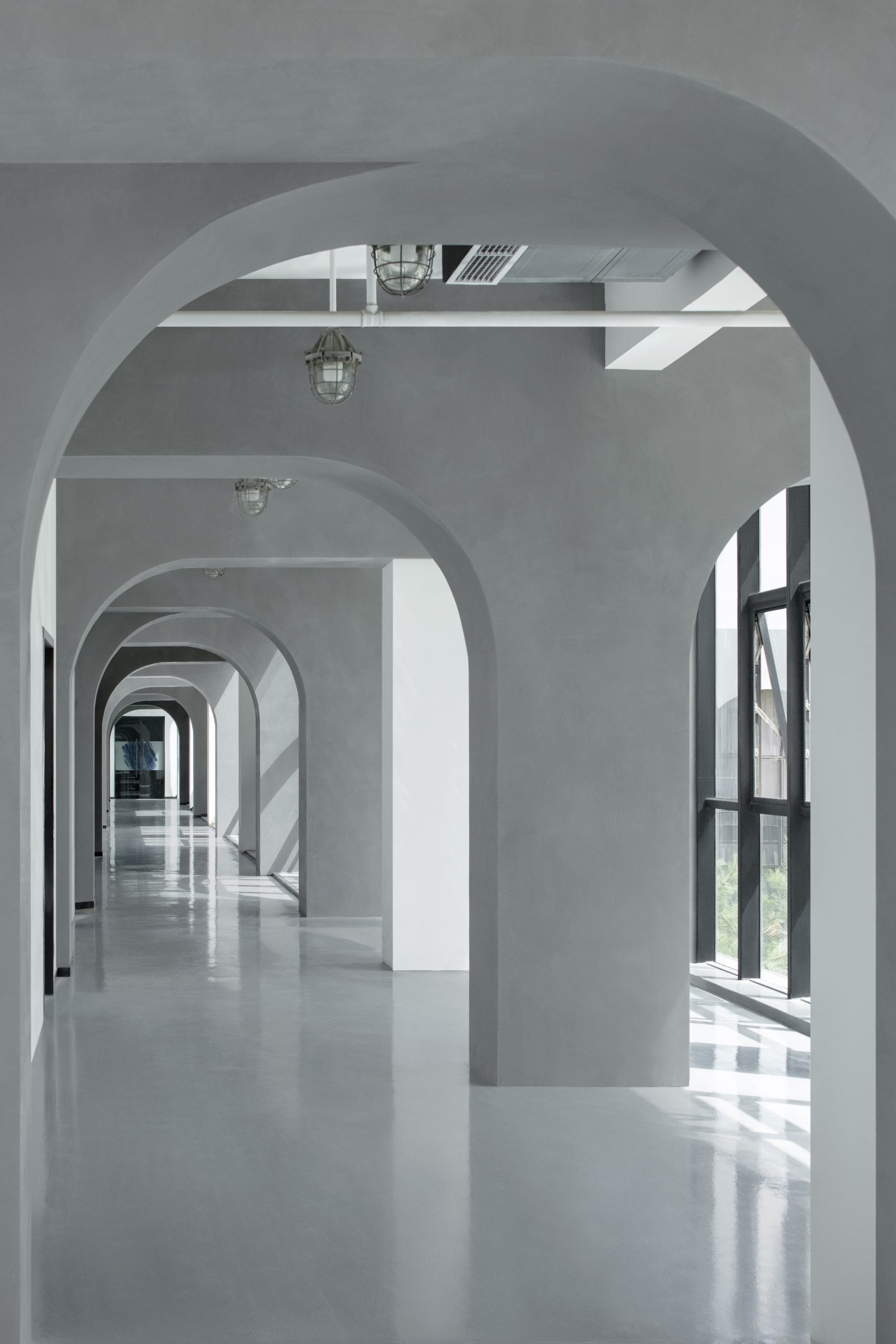
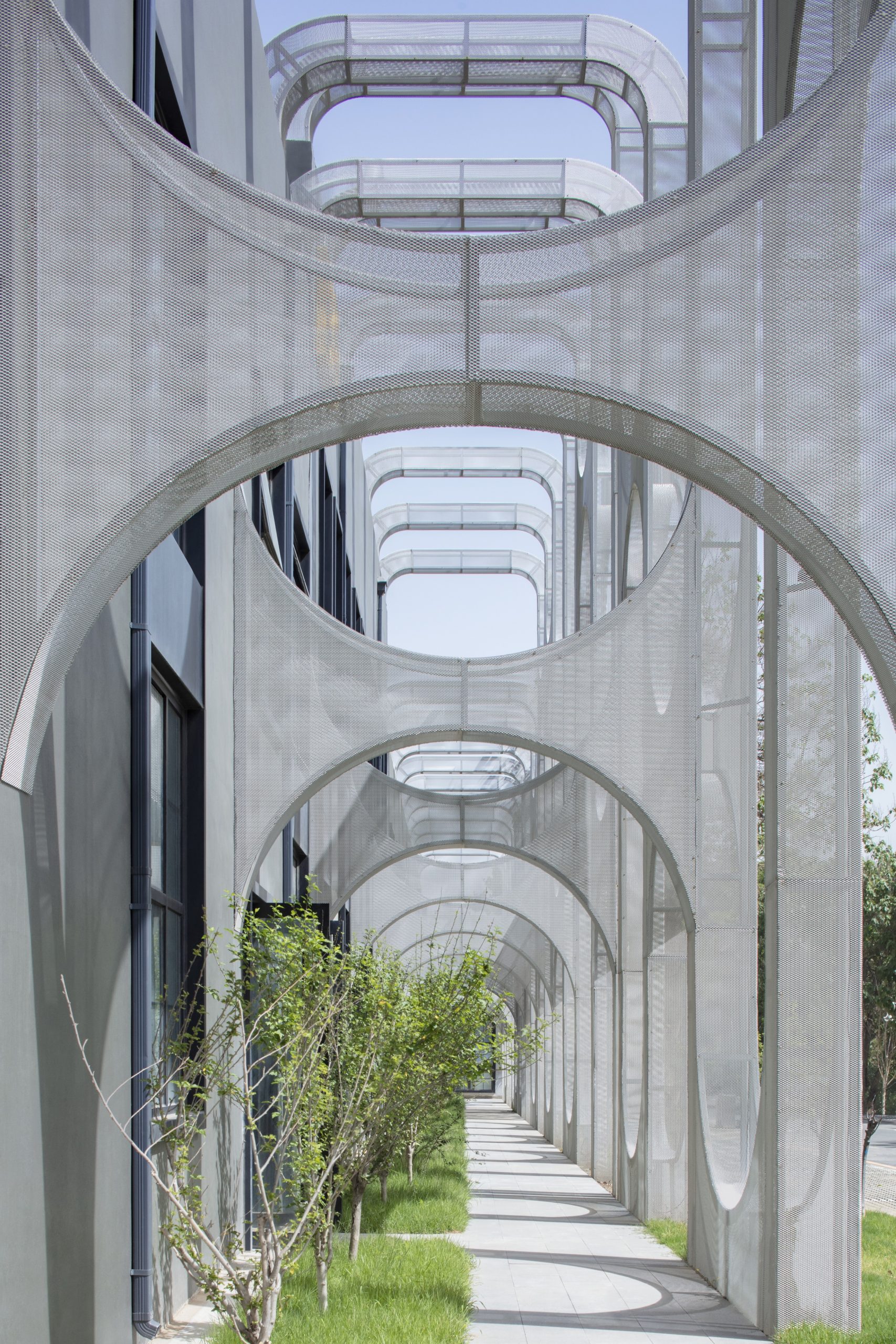
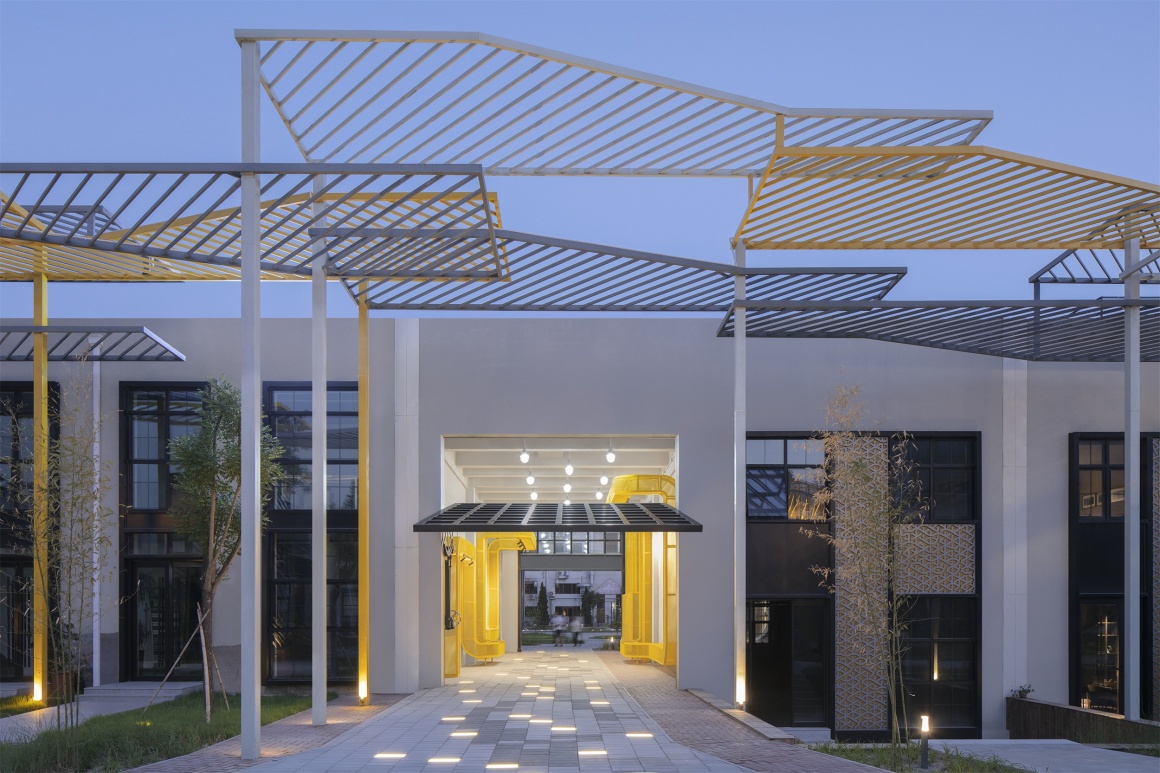

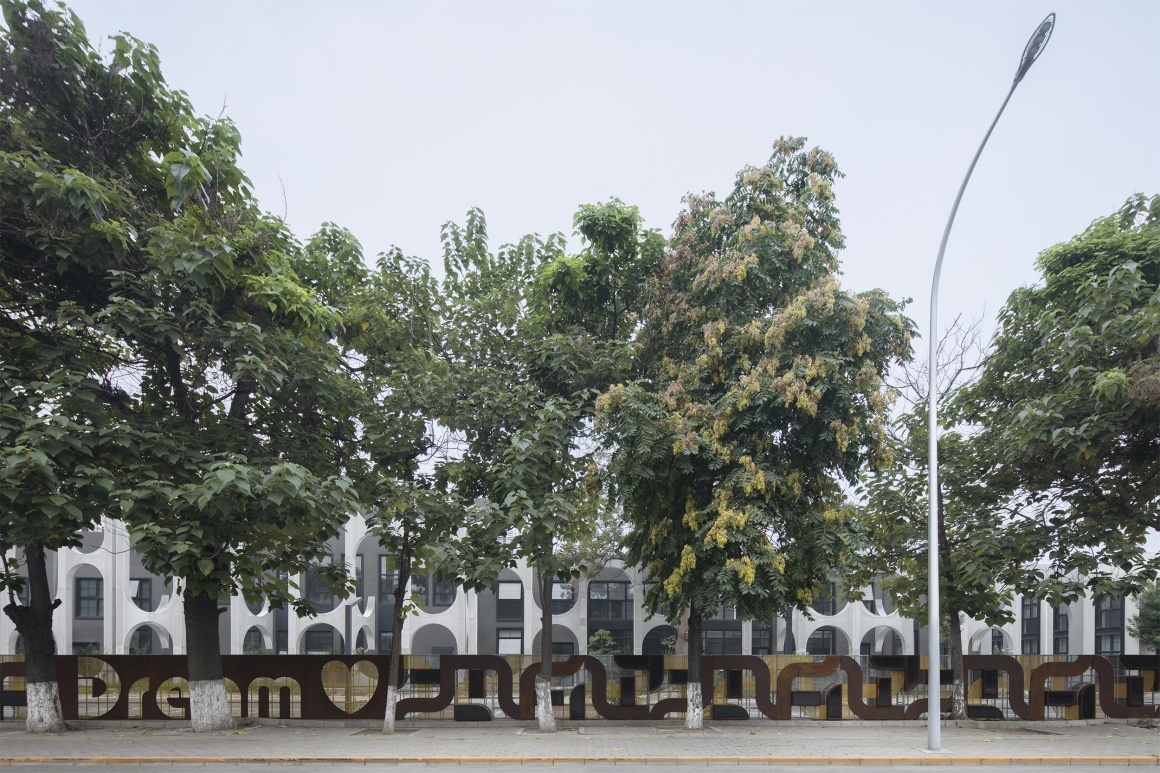


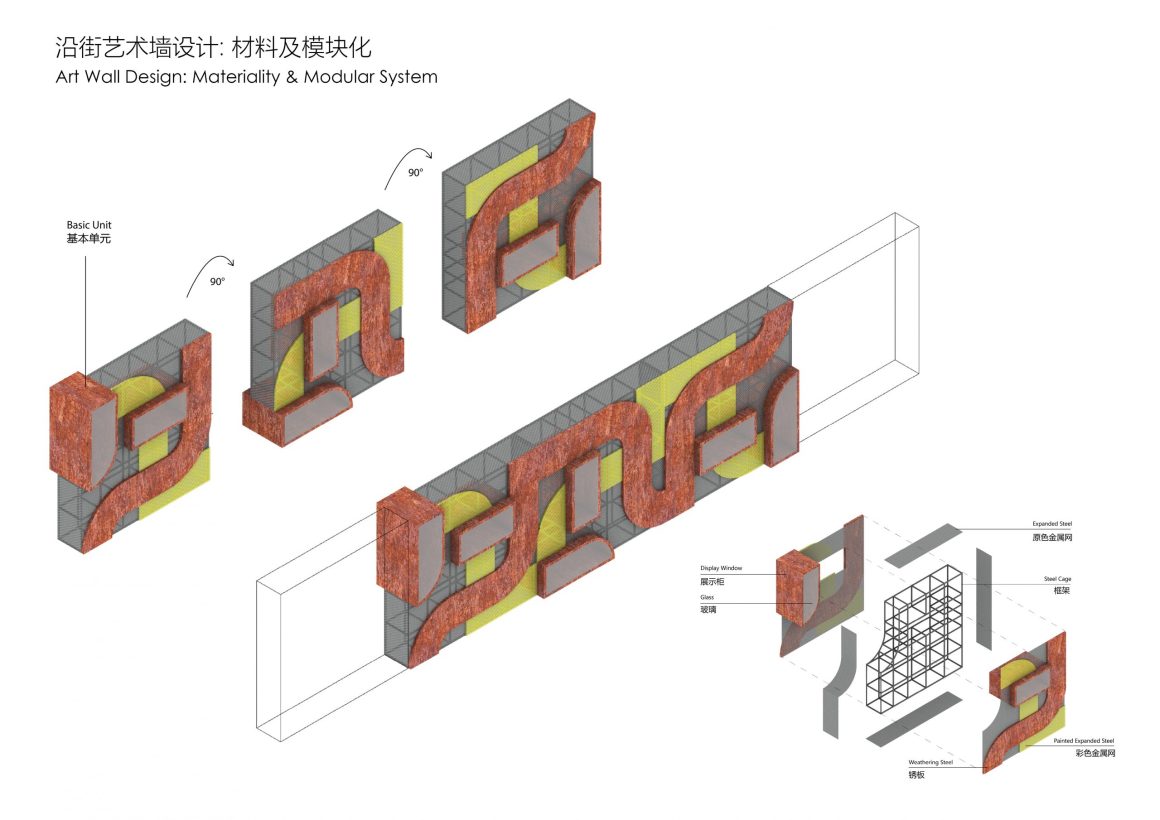


0 Comments